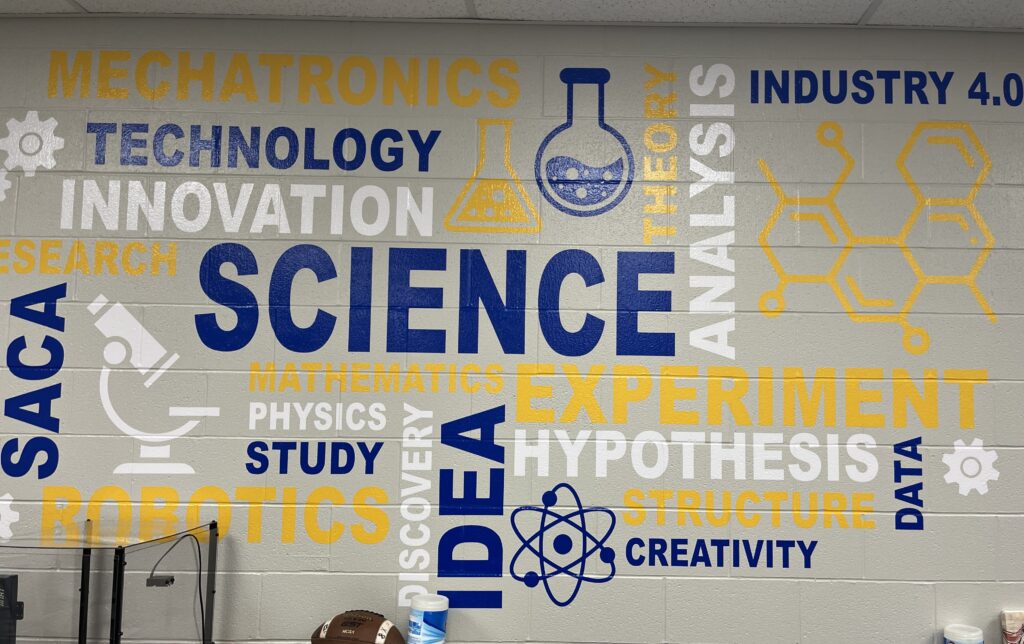EnvisionEdPlus Guide to Ohio’s New Graduation Requirements, PART 1
Ohio’s new graduation requirements are causing so much concern among school leaders that legislators and the State Board of Education are now scrambling to avoid a feared backslide in graduation rates across the state.
While we at EnvisionEdPlus might be grateful for short-term political solutions in the best interests of students, we are encouraging our partner schools to continue their work in line with the new requirements. Put simply, it’s the right thing for kids.
With this, EnvisionEdPlus is kicking off a special blog series on Ohio’s new graduation requirements. The series will include lots of examples of how to approach this work, but we’ll start with the “why.†Here are 5 reasons high schools should embrace the new requirements now, even if politicians back off temporarily.
- The real gateway to college graduation is the college placement test. The Ohio Graduation Test (OGT) was not designed to predict or indicate college readiness. The new end-of-course exams (as well as the ACT and SAT) are very likely better indicators of readiness for college rigor. Whether they are the best possible measures can be debated, but we know that students who don’t pass college entrance exams (and therefore are placed in remedial programs) are 74% less likely to complete college than those who do, according to multiple studies. This Washington Post piece about a recent example sums it up nicely. Aligning high school courses to these assessments is well worth the effort if it results in more successful college students.
- Industry credentials are more valuable to young job-seekers than high ACT scores or high school diplomas. The option to accumulate career credentials instead of end-of-course or college placement test scores makes sense for students who want to access the workforce sooner rather than later, whether to start their careers or support themselves through college. Among employees without a bachelor’s degree, industry credentials result in higher pay, according to this 2012 U.S. Census Report. These are challenging assessments, to be sure, but they are designed and managed by industry sectors. The resulting credentials are as reliable indicators of employability as we have.
- Students’ aspirations matter. By creating multiple pathways to graduation, Ohio is pivoting from myopic approaches like “college for all.†Students, with the help of their families and schools, can choose pathways that lead toward the careers they want without wasting time and resources (ie. college loans) on training or degrees that do not advance their personal goals.
- Offering career credentials is in schools’ best interests. Whether or not the Ohio legislature holds them to the new graduation standards right away, high schools (and districts) will be measured on the Prepared for Success component of the state report card. For the 7% of high schools that earned an A or B in that category last year, that’s no big deal. For the rest of us, we need to boost credential earning opportunities anyway. Why not align those opportunities toward graduation and career goals as well?
- K-12 is the talent pipeline. Did you know that for every job requiring an advanced college degree, there are 2 jobs requiring a bachelor’s degree … and 7 jobs requiring something more than a high school diploma but less than a four-year degree, like an industry credential? Despite all of the changes from the industrial age to the information age to now, that 1:2:7 ratio has not budged. Seriously, watch this video. Nevertheless, high schools have been stubbornly and misguidedly focused on the 1 and the 2, leaving the 7 to career centers alone. When we consider that the vast majority of high school students – our future workforce – remains in traditional high schools, it just makes sense to rethink our pathways to graduation.
In the coming weeks, we’ll post detailed explanations of what’s required and what it means for schools. In the meantime, the uninitiated can check out ODE’s resources for the basics. We are especially excited to have some of our partners writing guest blogs about the great work they are doing so that all youth thrive… in school and beyond.











